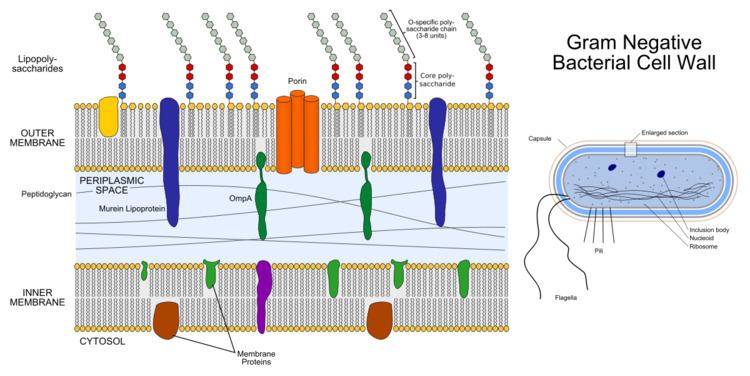MeSH D016905 | ||
 | ||
Gram-negative bacterial infection refers to a disease caused by gram-negative bacteria. One example is E. coli.
It is important to recognize that this class is defined morphologically (by the presence of a bacterial outer membrane), and not histologically (by a pink appearance when stained), though the two usually coincide.
One reason for this division is that the outer membrane is of major clinical significance: it can play a role in the reduced effectiveness of certain antibiotics, and it is the source of endotoxin.
The gram status of some organisms is complex or disputed:
References
Gram-negative bacterial infection Wikipedia(Text) CC BY-SA
